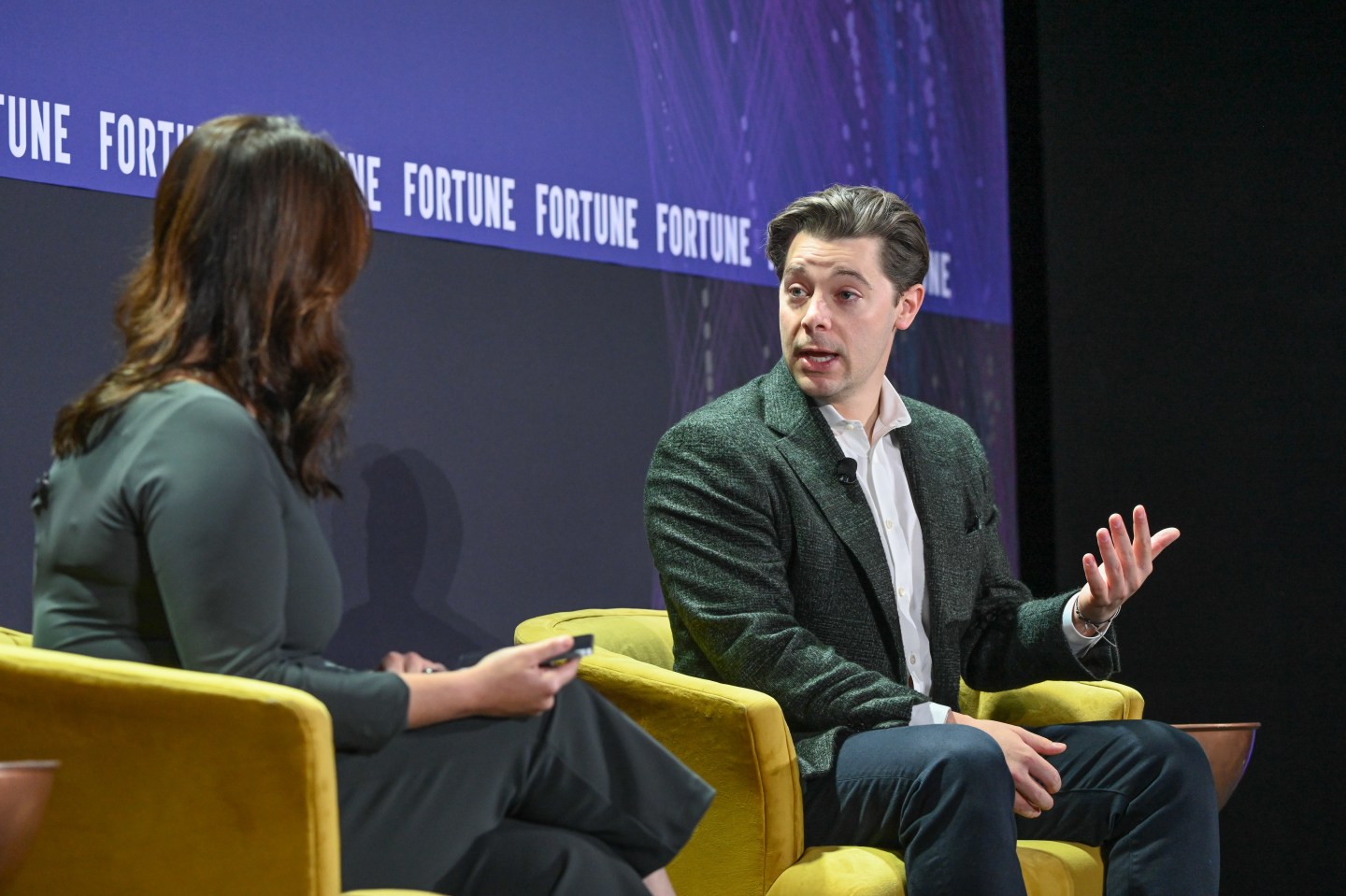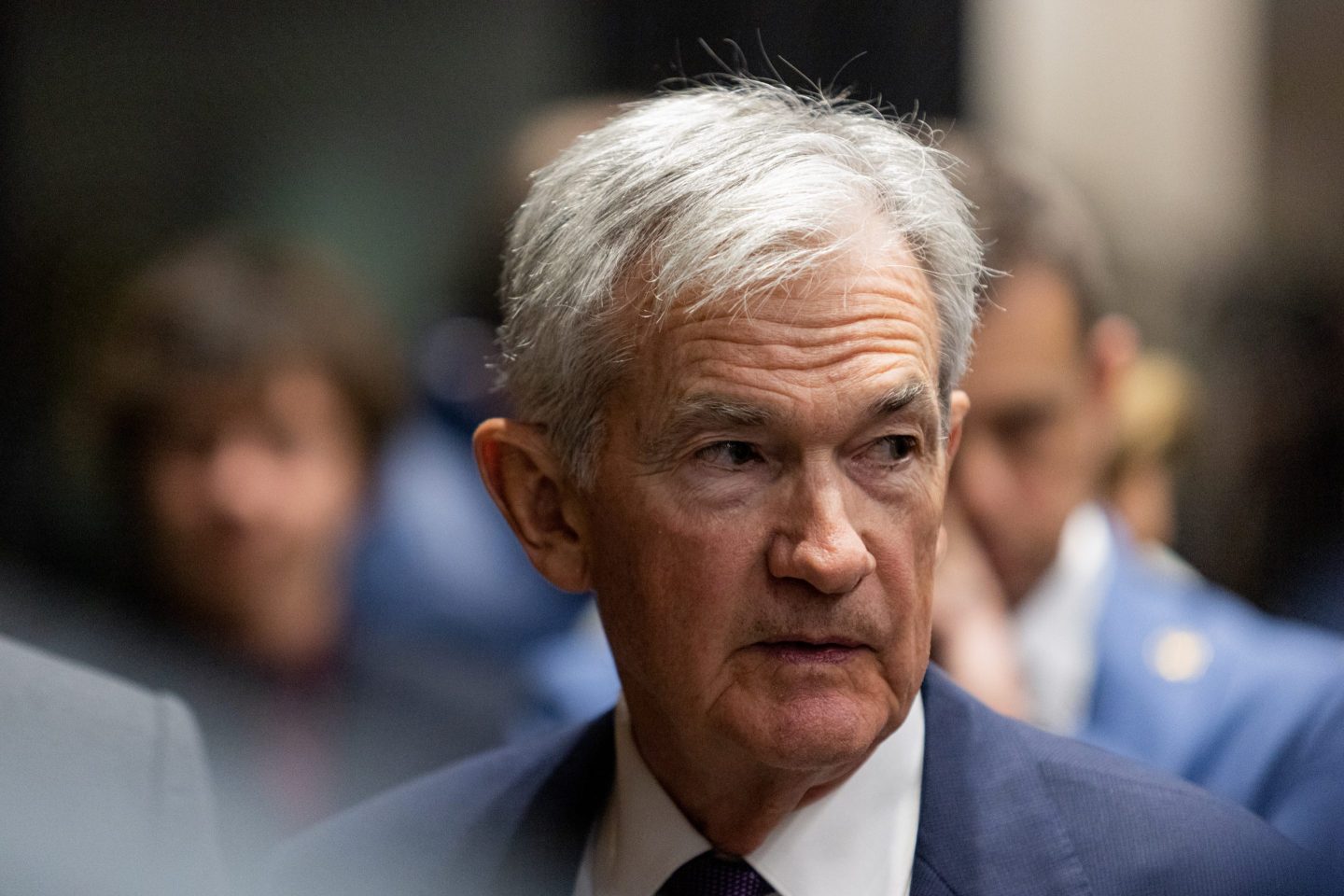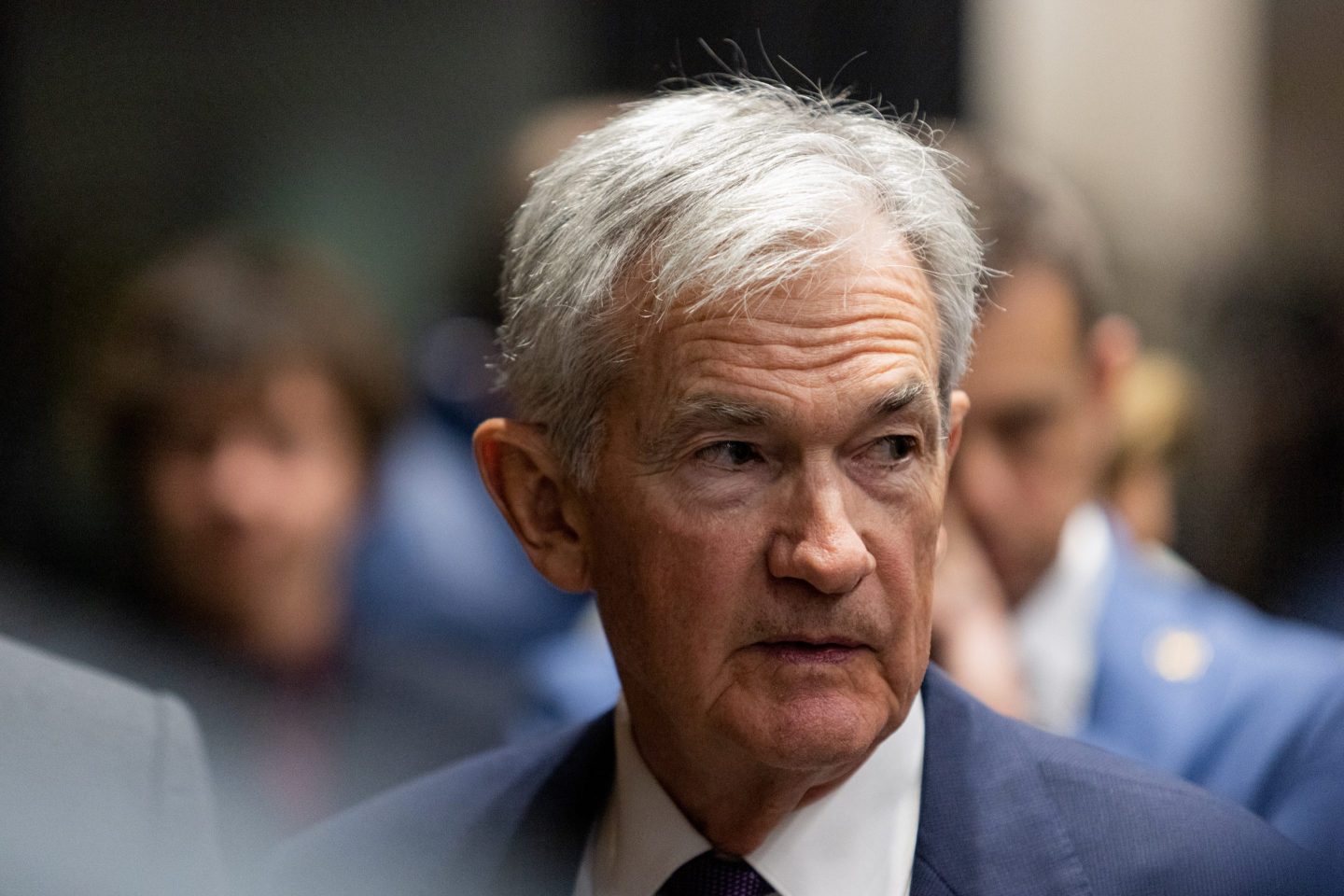Good morning!
As companies and their HR leaders wake up to the mental health crisis simmering among their workforce, many have opted to amp up their benefit offerings to address worker well-being.
But a new report has found that this laser focus on benefits is actually hurting employers, who are failing to come up with better solutions when it comes to improving employee mental health.
One Mind at Work, a mental health nonprofit, analyzed self-reported data from more than 46 companies ranging in size from fewer than 100 employees to more than 50,000 workers, including Bank of America, Prudential, and Aon. Companies scored themselves on 10 different mental health categories, including resources and benefits, work design and environment, and training. Around 93% of organizations that took the assessment said they provided resources and benefits to address mental health, and employers scored highest in that category, coming in at an average of 3.2 on a scale of zero to five.
But their other scores were less encouraging. Companies overall scored 2.1 when it came to measuring, monitoring, and reporting mental health outcomes, workforce involvement and engagement in mental health initiatives, and getting leadership involved. And while 74% of organizations reported offering mental health training for workers, only 9% measured its impact.
“What’s happening a lot is that organizations are purchasing more benefits—and having good benefits really does matter,” Kathy Pike, president and CEO of One Mind at Work, tells Fortune. But workplace mental health overall is “largely not ameliorated by adding one more benefit.”
Instead, the report suggests that companies tie their mental health initiatives to a broader organizational strategy and goal—for instance, reducing burnout or attrition. Only 26% of companies reported having a formal workforce mental health strategy, despite 67% of senior leaders saying they were committed to supporting mental health at work. The report recommends companies focus on a framework that reduces workplace factors that cause stress, promotes the positive aspects of work, and provides information, resources, and services that support mental health needs across the organization.
Pike says that there are some critical questions that every organization should ask itself: “What’s your overall leadership support for addressing mental health and well-being of your people? What is your organizational culture? What is your work design? How are you hearing from your workforce?”
That might mean taking a hard look at workplace factors that create stress and confusion, like a fuzzy reporting structure, unpredictable work schedules, or a culture that encourages sending late night emails. For example, the report cites one small startup with around 15 employees that wanted to create clarity for employees about their job responsibilities as the firm grew. They simplified job descriptions and set standard operating procedures for each role. They also established recurring office hours or “Ask Me Anything” sessions with employees, and a mental health ERG.
“You can have an enormous impact on mental health and well-being by making some strategic decisions that don’t look like mental health interventions. That’s really key,” Pike says.
Paige McGlauflin
paige.mcglauflin@fortune.com
@paidion
Today’s edition was curated by Emma Burleigh.
Around the Table
A round-up of the most important HR headlines.
- Husbands work from home more than their wives because industries that typically offer remote options are often more male dominated. Economist
-More companies are offering psychedelic-assisted therapy as an employee benefit as it becomes a more mainstream way to improve mental health. Wall Street Journal
- Generative AI has made its way to Wall Street, and some firms may use the new tech to replace junior finance workers. New York Times
- The general counsel for the National Labor Relations Board said there is “no way” the agency would give in to challenges from major companies like Amazon, Starbucks and SpaceX as it tries to enforce labor law. The Guardian
Watercooler
Everything you need to know from Fortune.
Leaderless. Bayer is asking its nearly 100,000 workers to “self organize” as the company cuts out middle managers in an effort to trim costs and save $2.15 billion. —Orianna Rosa Royle
Hard bargain. A judge has ruled that a bourbon distillery swayed its workers against unionizing by offering pay raises and handling out free bottles of whiskey. —Bruce Schreiner, AP
Full throttle. The finance industry’s great RTO push is working—Wall Street and Miami offices are over 80% full compared to pre-pandemic levels. —Jane Thier
This is the web version of CHRO Daily, a newsletter focusing on helping HR executives navigate the needs of the workplace. Sign up to get it delivered free to your inbox.











